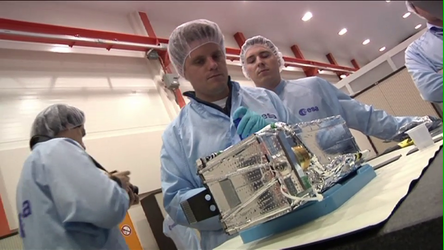
Roger Walker: Space cubed – CubeSats for technology testing
Thank you for liking
You have already liked this page, you can only like it once!
Roger Walker, ESA’s Technology CubeSat manager, explains how the Agency is making use of these cheap standardised nanosatellites in a box, literally a box: based on rugged, stackable electronics boards housed in one or more standardised 10 cm sized units. CubeSats were first developed in the US as an educational tool: widely adapted by university engineering facilities to let students to build and fly their own space missions.
ESA’s use of them began with its Education Office, making use of the opportunity for European universities to fly CubeSats on the maiden voyage of ESA’s new Vega launcher. Today they are being employed more broadly: because they are so cheap so build and fly they offer an ideal platform for demonstrating promising technologies in orbit. European industry and research labs are pushing ahead rapidly with developing new products and ESA sees CubeSats as a way to get those products into orbit as quickly as possible, to help maintain Europe’s competitive edge.
-
CREDIT
ESA -
LICENCE
ESA Standard Licence
-
Documentary
-
-
-
-
-
-
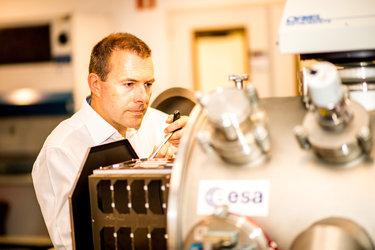
Roger Walker
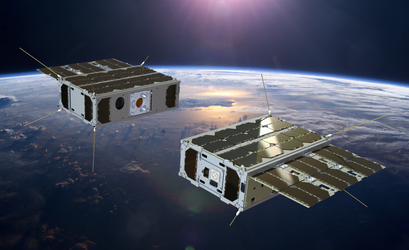
RACE double CubeSat mission
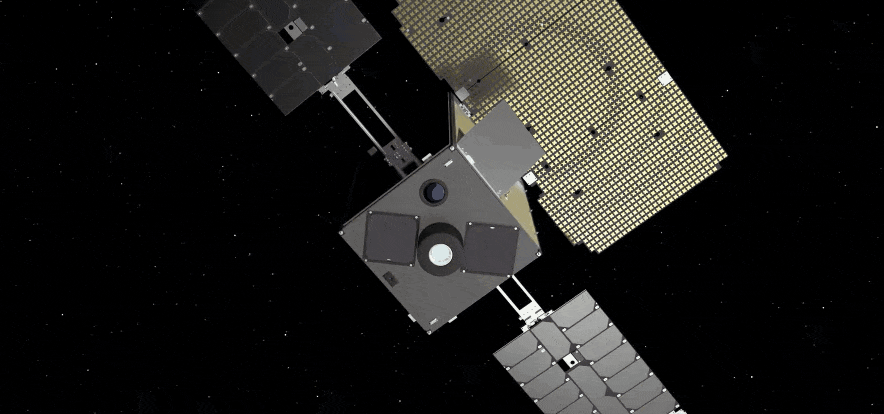
Getting CubeSats moving
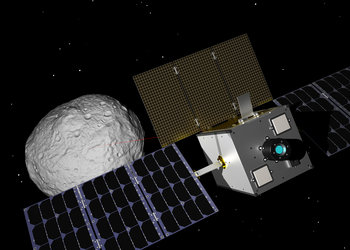
M–Argo
